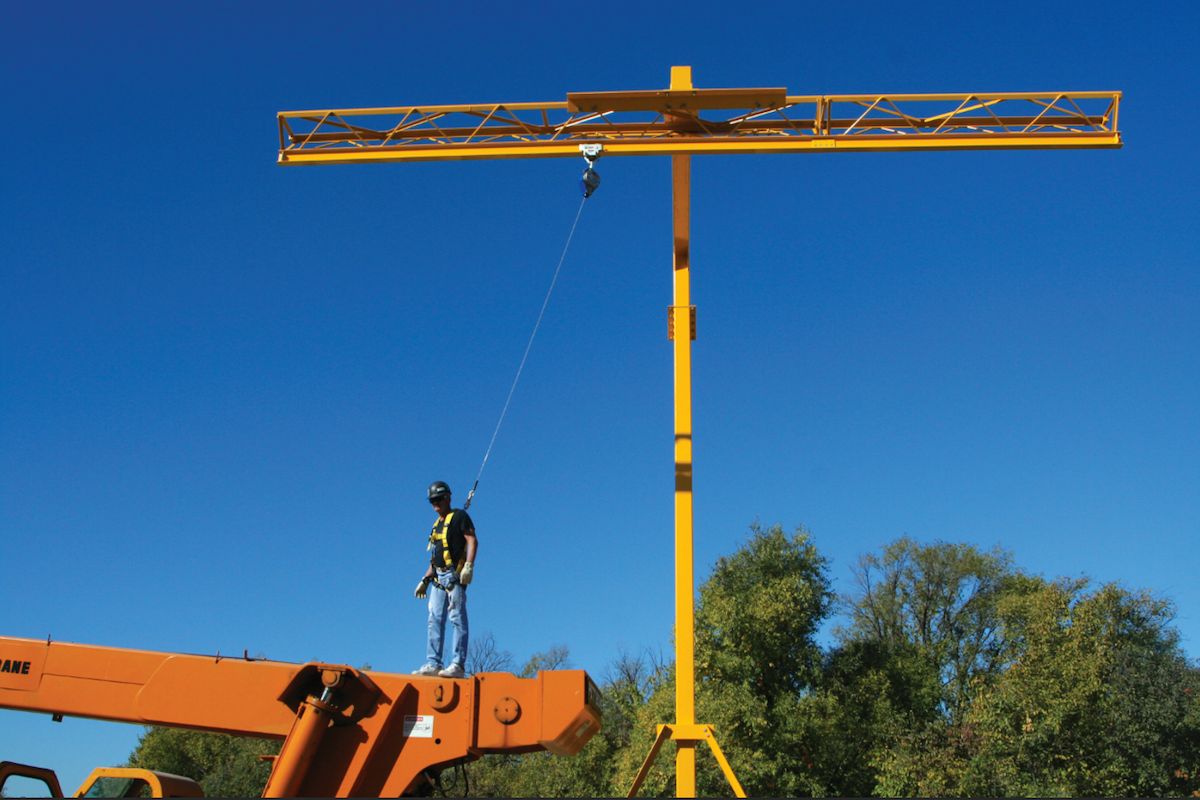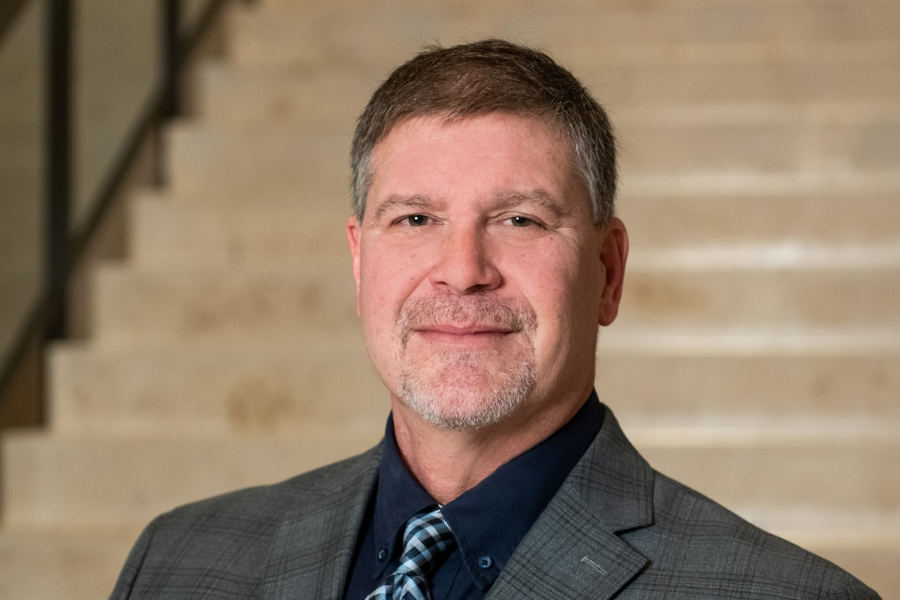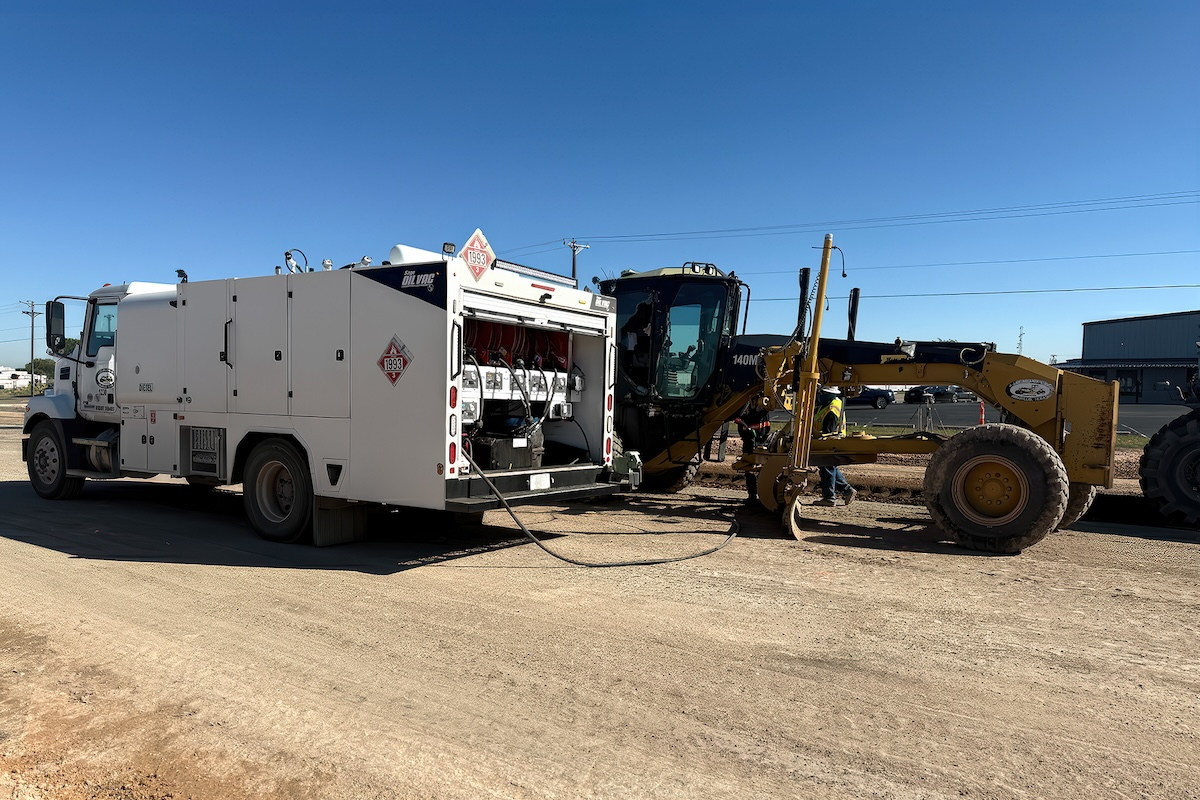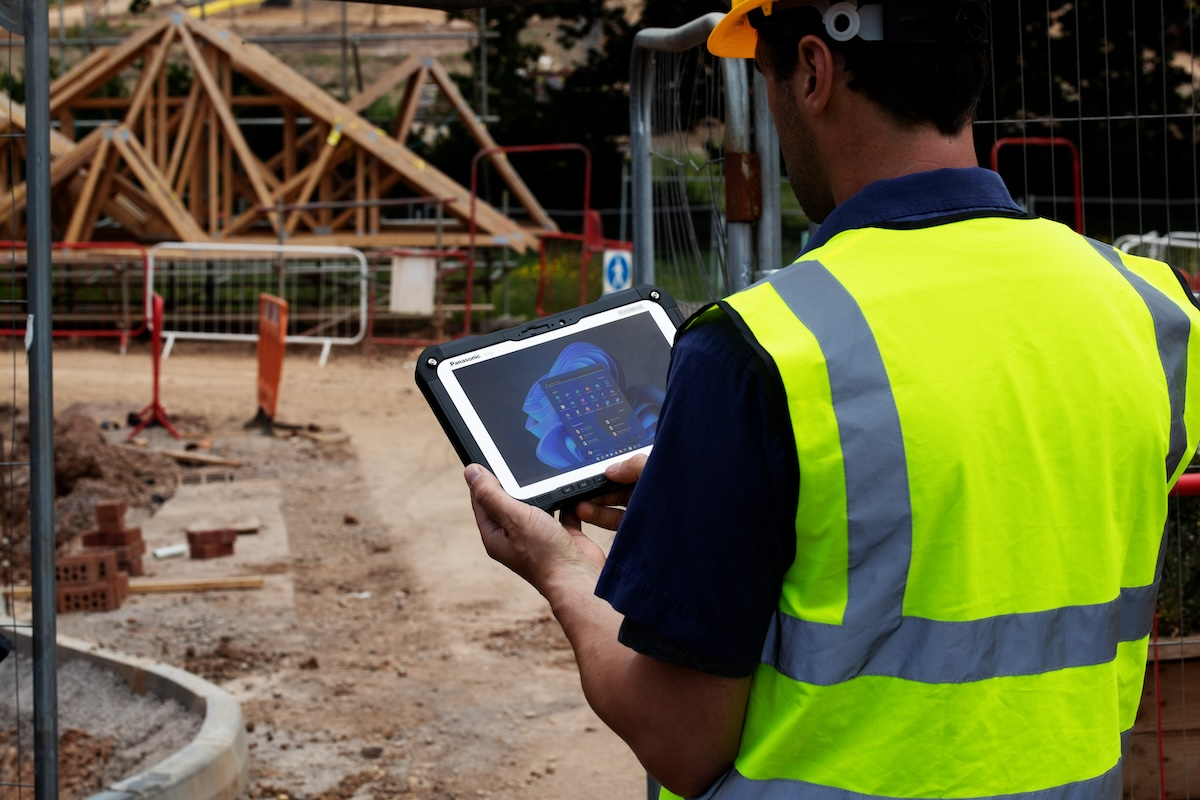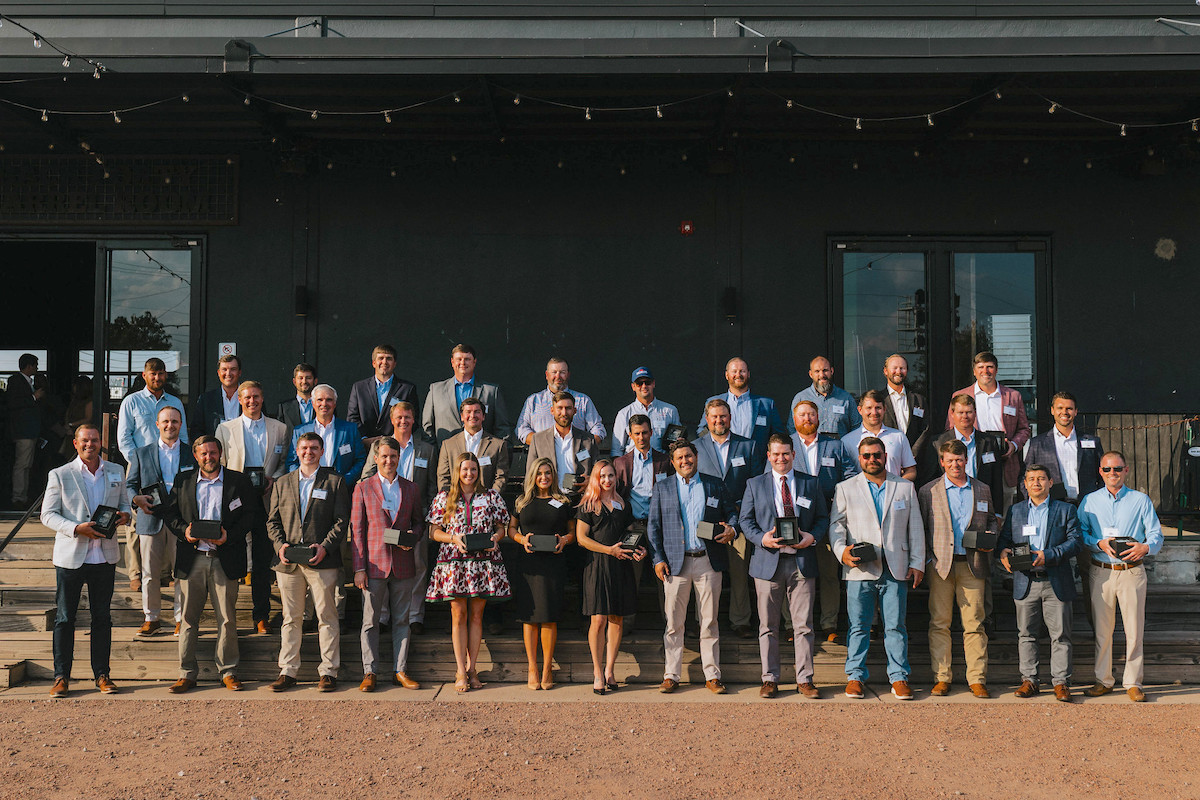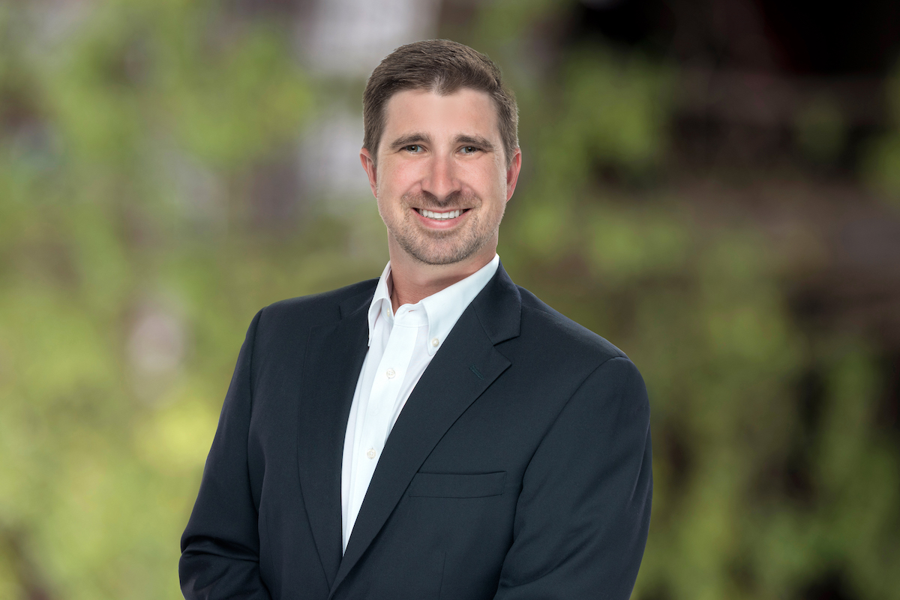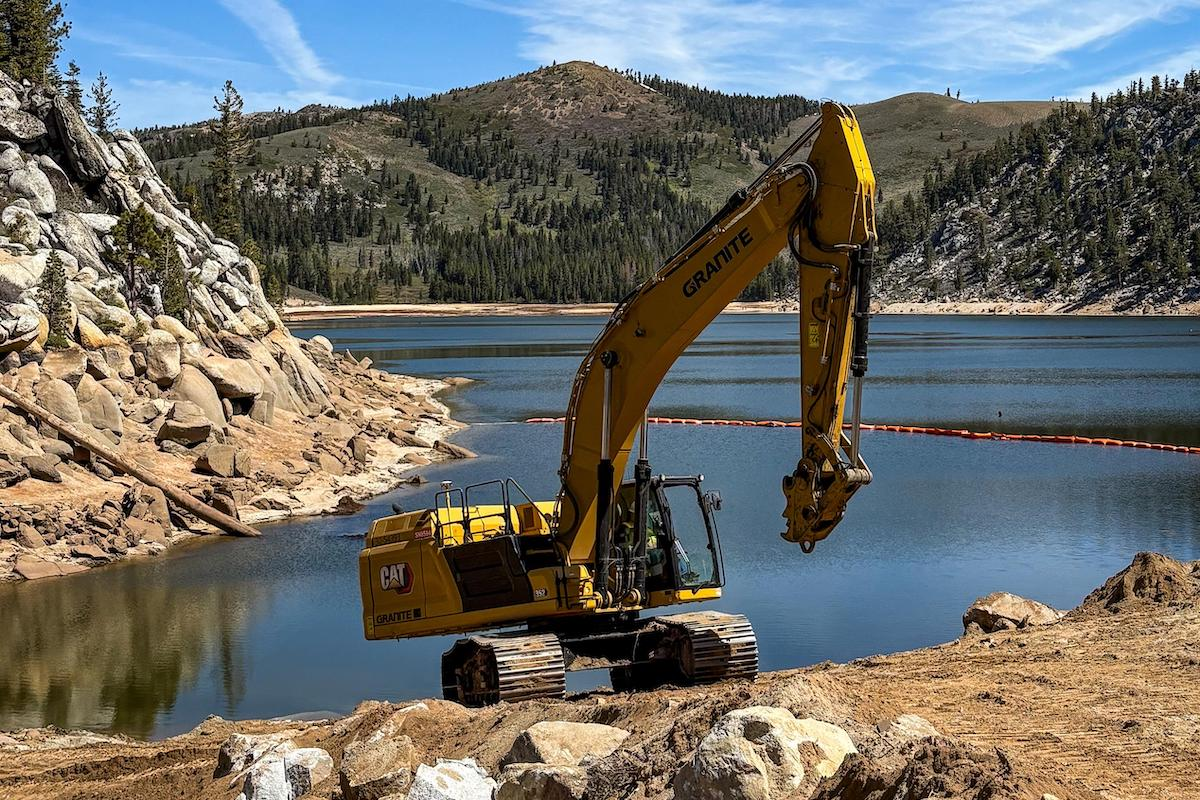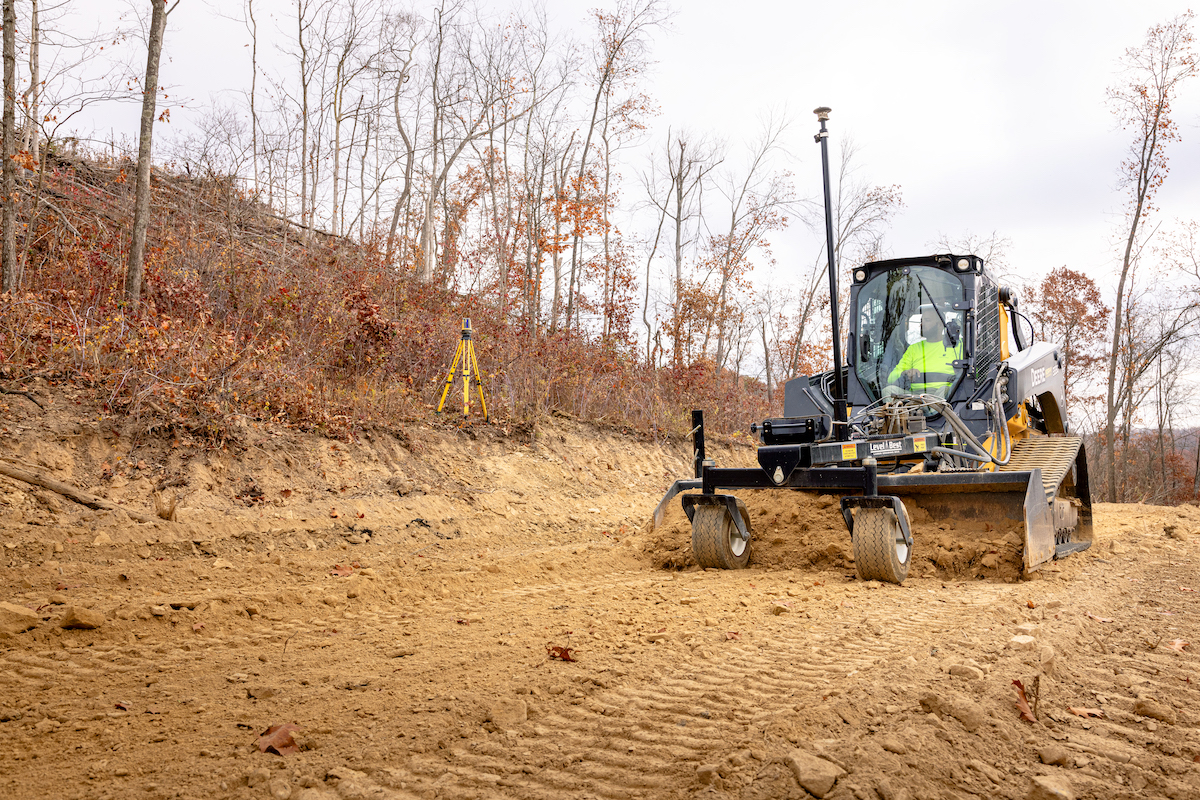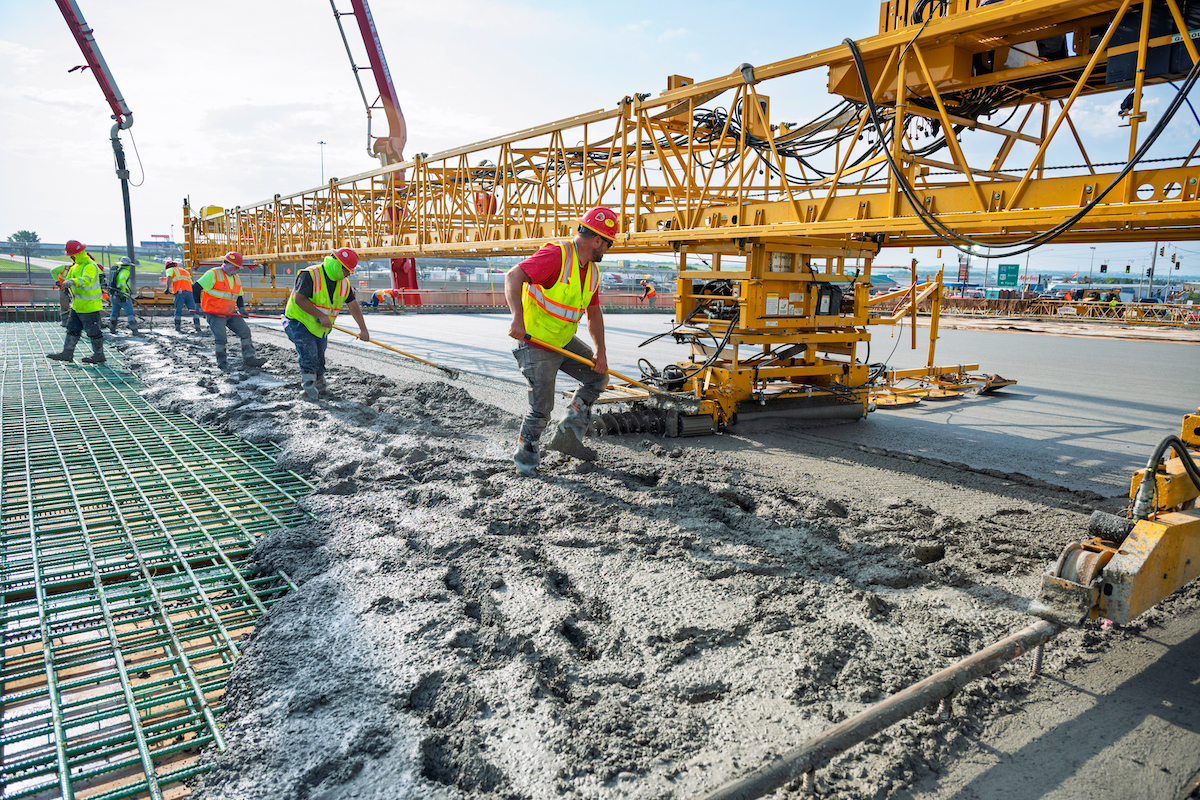It’s an important question for equipment manufacturers to ask and answer, and the latter can’t really be accomplished without a better understanding of what “culture” refers to and how it impacts organizational goals and priorities.
“Culture is what we learn from our people, and it’s specific to the group you belong to, and — as I said, it’s all learned,” said Elaine Cullen Vandervert , Ph.D., President of Prima Consulting, and a presenter at AEM’s recently held Product Safety & Compliance Seminar. “Culture tells you what is going on, how you should feel, what you should do, and how you should go about doing it. It tells you how to operate in that group we are talking about.”
Everyone belongs to — and participates in — a variety of cultures. A person’s nationality, gender, and religious belief (or lack thereof) all contribute to how they present themselves. In her presentation to Product Safety & Compliance Seminar attendees, Vandervert emphasized the impact of culture in determining how employers can and should go about creating a safe and productive workplace.
One component of organizational culture that employers cannot afford to overlook is the wide range of ages of their respective workforces and its impact on the development and refinement of safety culture. For the first time ever, there are five generations that can currently be found in the workforce. Baby Boomers, once upon a time, used to comprise the largest section of the workforce by a fairly comfortable margin. That’s starting to change, however, as they continue to retire in greater and greater numbers.

| Your local Komatsu America Corp dealer |
|---|
| Linder Industrial Machinery |
There’s a significant consequence to Boomers leaving the workforce: They are taking with them a wealth of knowledge, skills, and wisdom that only comes from significant experience. A study cited by Vandervert found it takes eight to 10 years on average for an employee to be able to develop a certain level of experience that allows them to administer on-the-job teaching and training. It’s a sobering statistic, especially when considering what it takes to establish an effective safety culture within an organization.
“You need to be able to know what to do when things go wrong from a safety perspective,” said Vandervert.
It’s impossible for a person or group to participate within an organization’s culture if they are unwilling — or unable — to embrace its norms. Cultures change slowly, however, and patience is required. And it all comes down to people themselves, said Vandervert, and how they’re managed. With so many generations in the workforce right now, managing them effectively is a task that’s easier said than done.
“A study we conducted showed there are five variables related to work that are different across generations,” she continued. “How they approach it, what motivators they have, how they view professional growth, and the attitudes they have about learning within that work environment. And if you step into a workplace with all five generations, you will see conflict.”
Those five generations, as described by Vandervert, are:

| Your local Gomaco dealer |
|---|
| Ring Power Corporation |
Traditionalists – Born between 1927 and 1946, traditionalists are quite obviously no longer very prevalent in the workforce. However, those who remain are best described as dependable, respectable, and loyal. More than anything else, however, traditionalists believe they have earned the right to be respected largely based on their lengthy track record of experience.
Baby Boomers – Born between 1946 and 1964, Baby Boomers, once upon a time and not all that long ago, dominated the workforce. Known as the optimistic and loyal generation, Boomers committed themselves to changing the world. On the other hand, though, they tend to be workaholics who were perhaps too often willing to make personal sacrifices in exchange for success.
Generation Xers – Born between 1964 and 1980, members Generation X are known as the first “latchkey kids.” Skeptical and independent-minded, Gen Xers tend to value work-life balance more so than any other generation in the workforce.
Millennials – Born between 1981 and 1994, millennials can best be described as competitive, open-minded, and very open to personal opportunities. In addition, they are known for their desire to be part of a team, having fun at work, and for their tendency to seek out (and embrace) new professional opportunities as they become available.
Generation Zers – Born between 1995 and 2010, Gen Z members tend to think more in global terms than many of those who came before them. They are dependent on digital devices and, thus far, have been — generally speaking — more apt to experience mental health issues.
All of this is to say when members of these five groups come together in the workforce, things can get a little complicated. That’s because, in many cases, people tend to operate very differently within professional environments based on the rituals, behaviors, and norms associated with the generation from which they come.
So, culture is an important consideration when looking to establish a safe and productive workplace, because employers must be able to determine exactly what will make workers choose to act safely and productively and — perhaps more importantly — find a way to have all those widely varying factors work within the confines of their own organizational structures.
“Because, ultimately, culture is the glue that holds everyone and everything together,” said Vandervert.







